AWS, otherwise known as Amazon’s Web Services, is a platform that offers cloud computing solutions to individuals and various organizations. Users can utilize AWS to build platforms with a reliable cloud hosting solution and this is also true for web applications. AWS is the lead cloud computing platform and the best of its kind with over millions of users and thousands of partners.
There’s a lot of tasks you can do with AWS including web scraping. However, if you solely rely on using AWS to web scrape, then most websites will immediately block your IP address because web scraping will send a large amount of requests that may impact the website’s server.
To prevent your IP address from being banned, you need the help of an AWS proxy. An AWS proxy will handle all of your web requests for you. Your own IP address will be hidden and any website you visit will only be able to see the IP address of the proxy server. You can easily rotate the IP address of the proxy server and have each IP address only send a limited amount of requests to prevent websites from detecting that you’re using AWS to scrape it and fully avoid your IP address from getting banned.
Depending on what you want, the best AWS proxies to use would be either residential proxies or datacenter proxies. If you want full assurance that your web scraping tasks won’t be detected and your IP address won’t be banned while also giving you total anonymity, then residential proxies are the one for you. If you value speed and want a faster way to scrape websites then datacenter proxies are what’s best for you.
Let’s set up an AWS proxy server.
Note: Make sure that the web browser you’re using for AWS is set to automatically copy your computer’s proxy settings. Google Chrome automatically does this, so it’s recommended to use it.
For Windows:
To set up proxies in Windows, simply search for “Proxy Settings” in your windows search bar and open the search result.
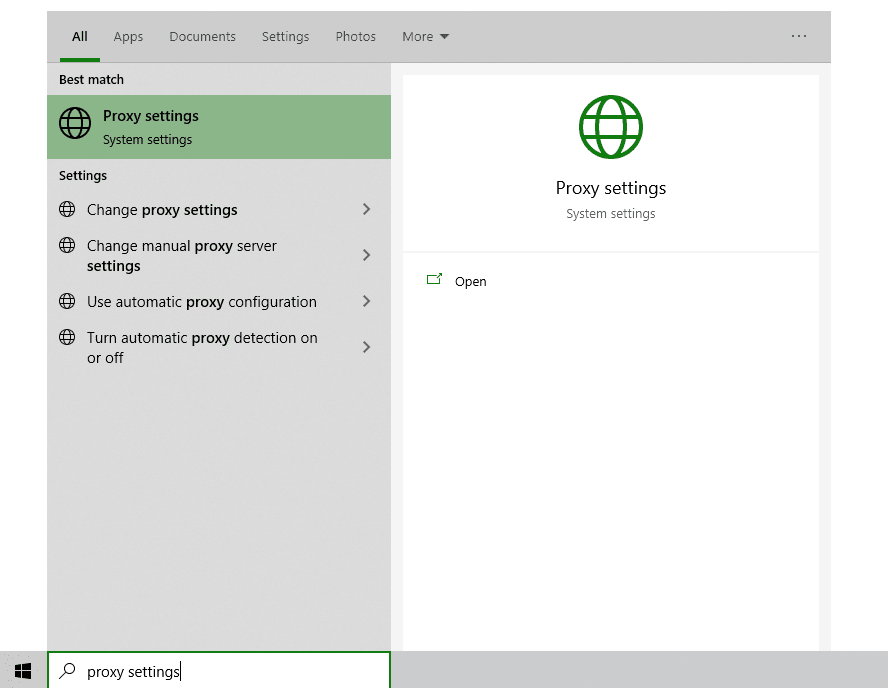
You are then given two options to choose from: Automatic proxy setup or Manual proxy setup. If you want windows to automatically detect your proxy settings, choose the first option. Choose the second option if you want to utilize a specific ip address and port number.
If you chose the first option, then:
- Turn on Automatically detect Settings
- Turn on Use setup script
- Enter the script address
- Click Save
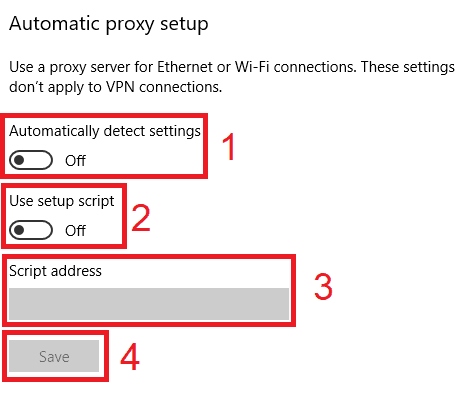
If you chose the second option, then:
- Turn on Use a proxy server
- Input both server address and port number
- If you have any addresses you would like to visit without a proxy, enter them here
- Turn on Don’t use the proxy server for local addresses check box if you want to access a local server without a proxy
- Click Save
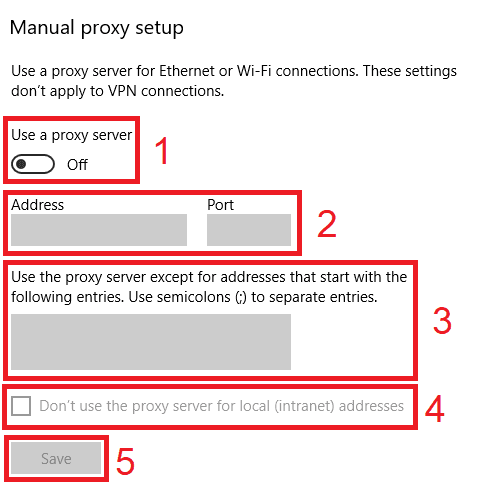
For Mac.
To start configuring your proxy settings in MacOS, simply:
Step 1. Click on the Apple Icon.
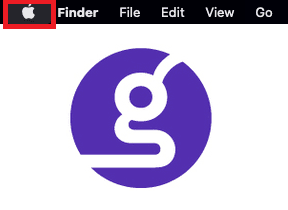
Step 2. On the drop down menu, click on “System Preferences”.
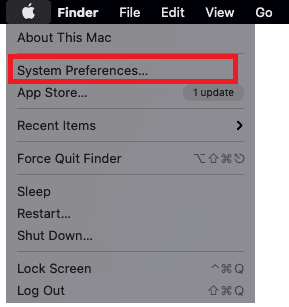
Step 3. Click on “Network”
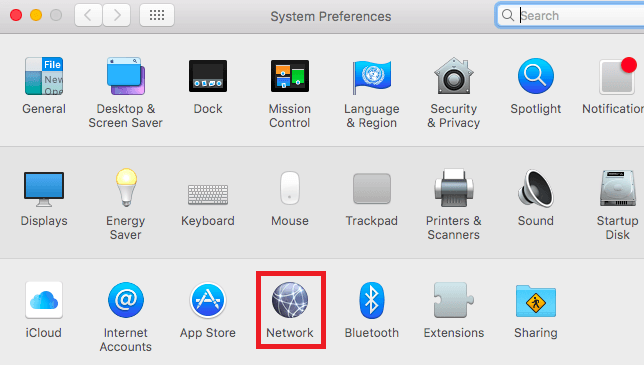
Step 4. Click on “Advanced”
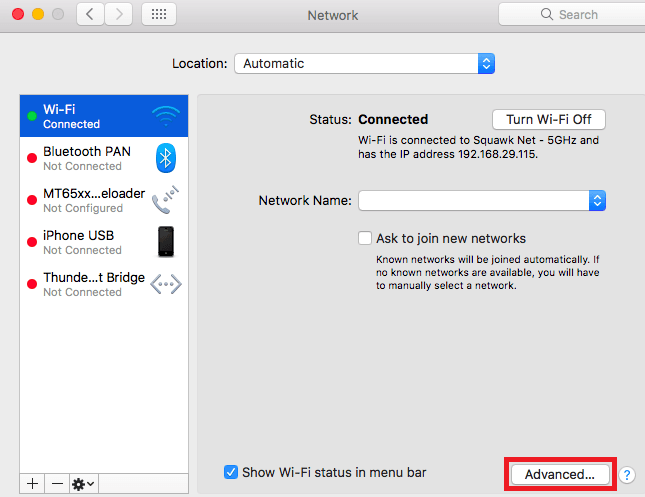
Note: Make sure to connect to your wi-fi first.
Step 5. Click on “Proxies”

This should then redirect you to MacOS proxy settings. MacOS is more straightforward compared to windows. You only have one option which is to manually configure your proxy server.
Here are the steps to follow:
- Select which proxy IP protocol you want to configure. This depends on which protocols your proxy service provider offers.
- Turn on Secure Web Proxy
- Input the Proxy Server Address and Port Number
- Click OK to save the configurations
Note: You may be prompted for your Mac user password to save your settings.
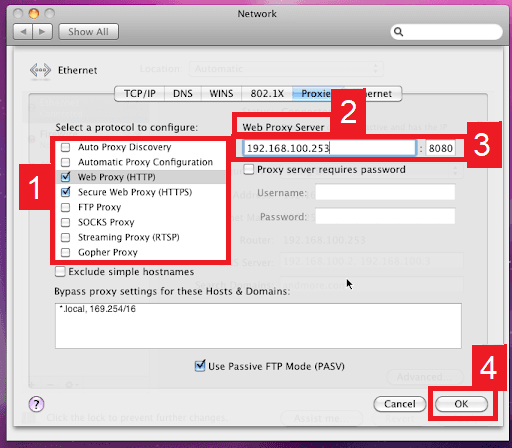
For Mobile:
To set up an AWS proxy server for your mobile device, simply change your phone’s proxy settings. AWS will automatically copy your phone’s proxy settings whenever you use it. This is applicable for both Android and iOS. Here’s a thorough guide for Android and another one for iPhone.
Congratulations! You have now finished configuring an AWS proxy server. Note that the first time you visit it, there will be a pop up asking for your login credentials.









